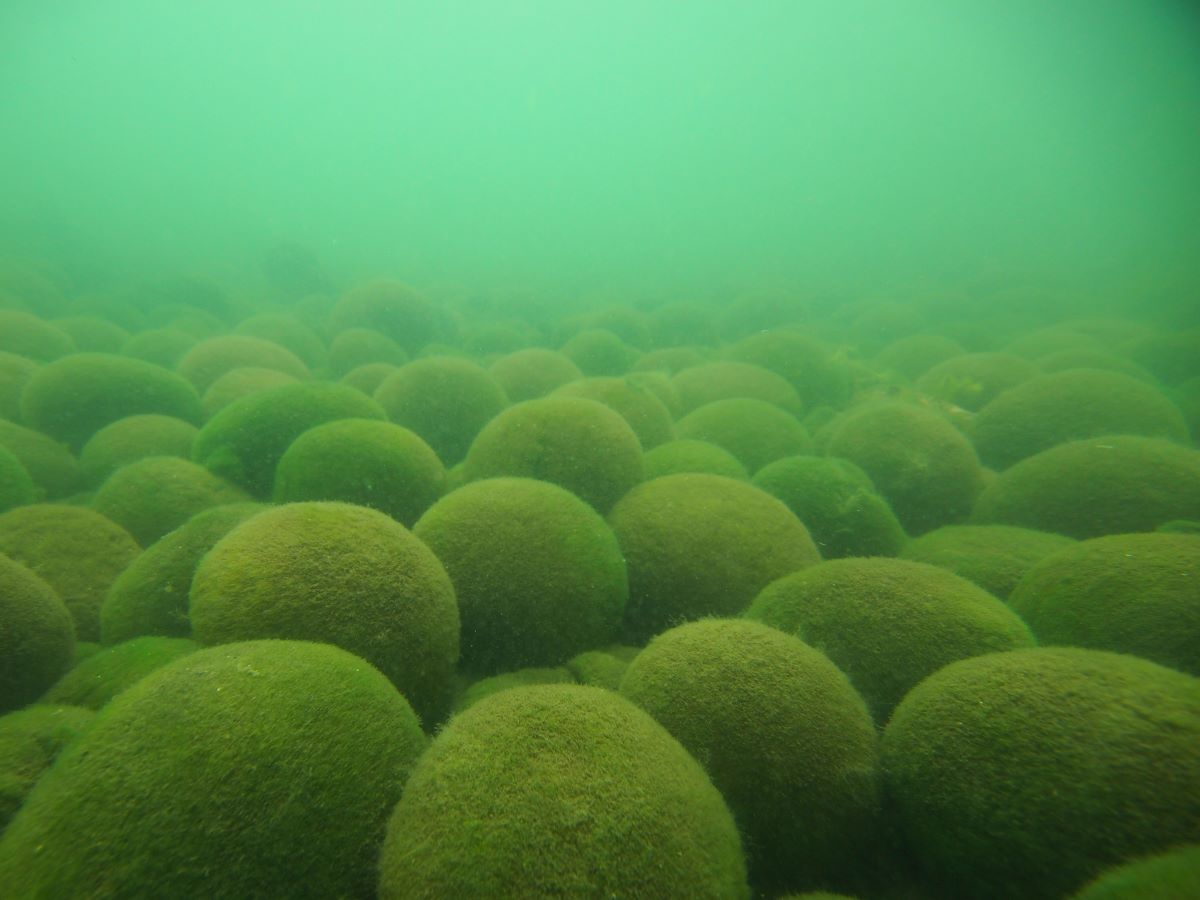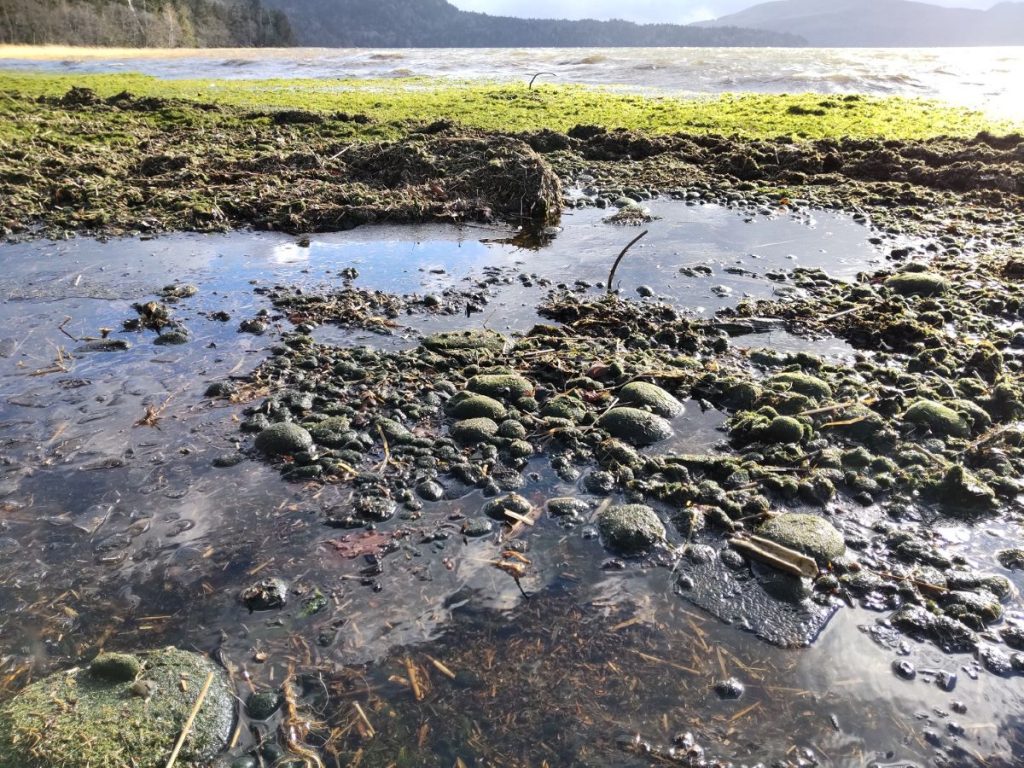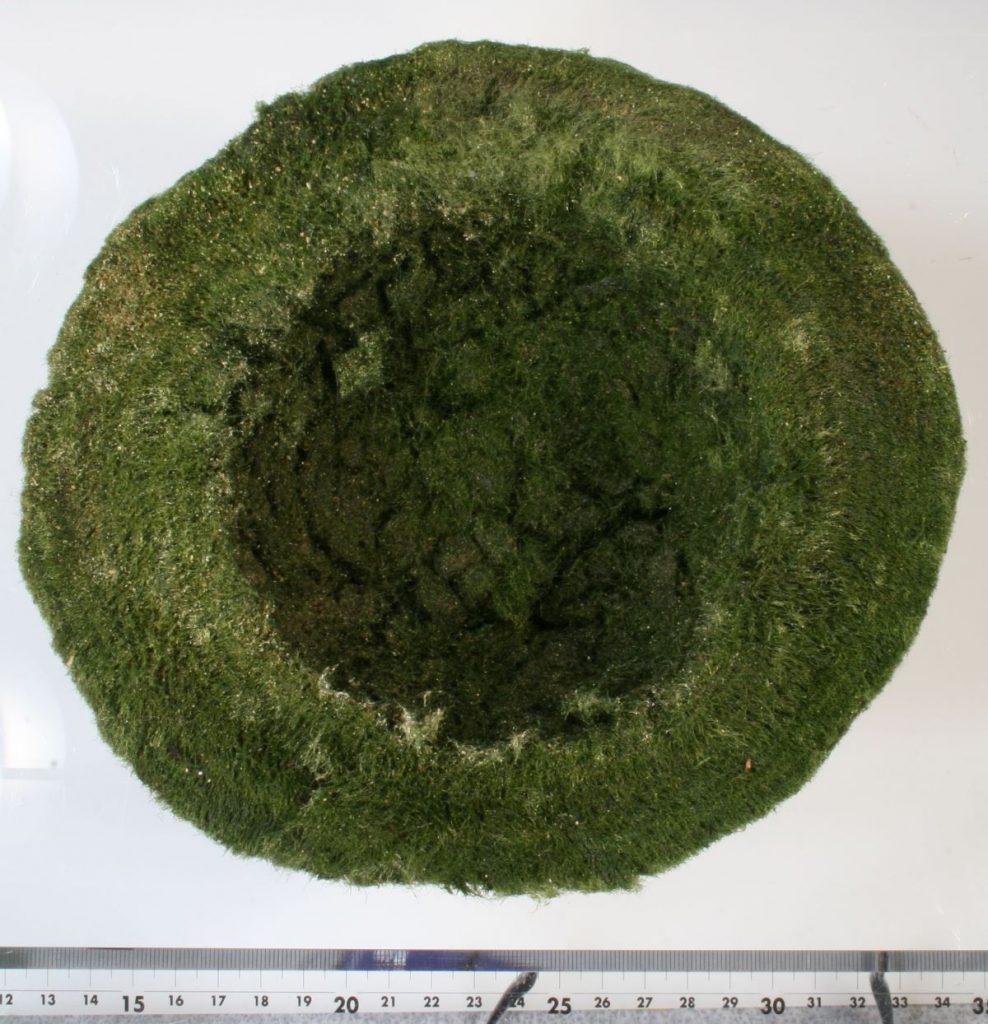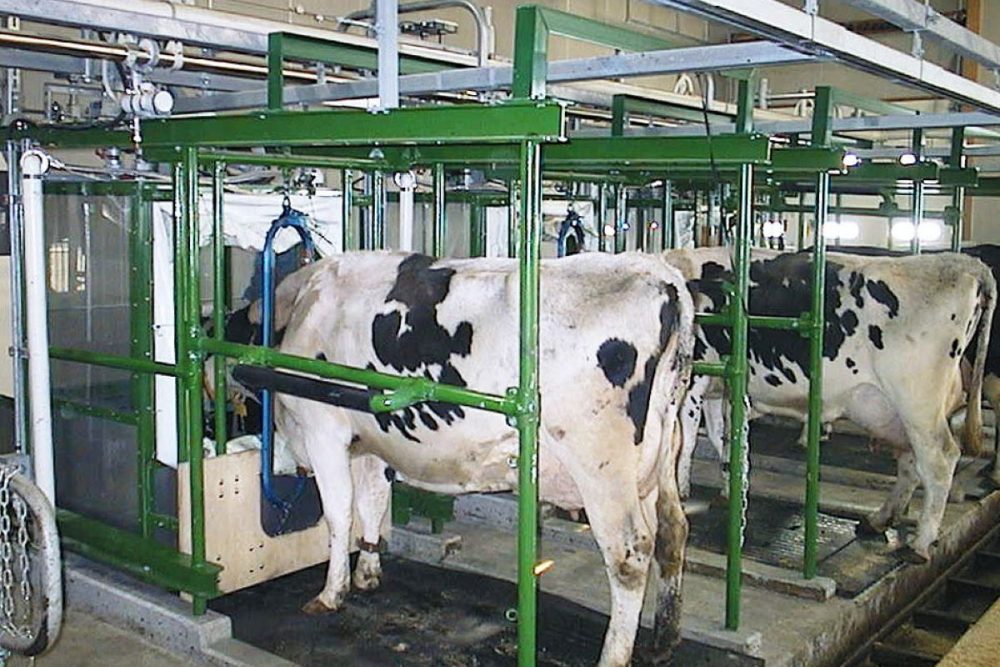Hokkaido's Beloved Marimo Algae Facing Existential Threat from Global Warming
Marimo, the cherished but endangered green balls of algae that live in Hokkaido's lakes are facing extinction due to multiple threats linked to global warming.

このページを 日本語 で読む
Marimo, fluffy balls of green algae that grow in the serene waters of Hokkaido’s Lake Akan, are designated as a national special natural monument. They are now headed toward extinction due to global warming. Recent studies have exposed the peril faced by larger marimo specimens. What unfolds within the lake’s depths for these globally rare aquatic organisms?
Spheres of Many Sizes
Marimo are made up of a type of filamentous green algae, usually measuring around three centimeters, that comes together in a spherical form. The name marimo is a fusion of the Japanese words mari (ball) and mo (algae).
Some grow to basketball-like proportions with diameters spanning from 20 to 30 cm, with the largest recorded measuring an impressive 34 cm. These remarkable Marimo grow about one cm a year and take over two decades to attain their substantial size.
While thread-like marimo are scattered across various high-latitude zones in the Northern Hemisphere, these large spherical marimo only grow in Lake Akan in Kushiro City, Hokkaido. They once thrived in European lakes, but their numbers dwindled due to water pollution.

The iconic spherical shape of marimo emerges from their growth pattern on the lake bottom. As wind-induced ripples traverse the lake's surface, marimo remain in a fixed position at the lake bottom. Yet, they rotate swayed by the waves, ensuring an equitable exposure to sunlight. This mechanism ensures the even growth and iconic round shape that distinguish marimo.
Maintaining an optimal balance is crucial – the lake bottom cannot be excessively deep, or sunlight cannot penetrate, impeding growth. If the wind is too weak, they cannot rotate, and marimo are swept ashore when winds are too strong, often torn apart. A delicate equilibrium of climate, terrain, and nutrients is needed for a large marimo to grow. Lake Akan preserves this harmony and is an irreplaceable global sanctuary for marimo.
The Rising Threat of Warmer Waters
"If global warming persists, Lake Akan may no longer offer a suitable habitat for marimo to thrive," warns Yoichi Oyama. As the Deputy Director of the Marimo Research Center at the Kushiro City Board of Education, Oyama is involved in on-site investigations. Joint research coming out of Kobe University and Kitami Institute of Technology has shown that rising water temperatures have made marimo more prone to breakage.

As marimo grow to a diameter of around 10 cm, a central cavity develops, shaping them into a ball-like structure. Thickness is crucial for the marimo to maintain their unique form. But elevated water temperatures lead to thinning, making them more prone to breakage. Research indicates that the estimated thickness of marimo was 4.7 cm 35 years ago when water temperatures were lower. In recent years, this has dwindled to 3.7 cm, highlighting the profound effect of warmer water on the marimo's structural integrity.
Roughly 30 years ago, the summer water temperature in Lake Akan was around 23-24 degrees Celsius. Within this temperature range, the marimo's thickness could be sustained. However, temperatures in August 2023 were significantly higher, reaching 27.5 degrees.
"Global warming results in thinner marimo, making them more prone to fissures. Their lower density increases susceptibility to washing ashore. Although the overall quantity of marimo may remain unchanged, the large marimo that characterize Lake Akan could decline considerably," Oyama emphasizes.
Shorter Freezing Periods
Concerns for Lake Akan extend into the winter months. In the past, the lake froze over from mid-December to early May. However, recent years have seen a shrinking of this period alongside global warming. This reduction in ice coverage poses a significant threat to the growth of marimo.
In cold environments, intense light can damage the photosynthesis of plants. While marimo are resilient to low temperatures, collaborative research by the University of Tokyo and Kanagawa University found that prolonged exposure to strong light in near-freezing water temperatures during winter results in the death of filamentous marimo cells.

When ice covers the lake surface, and it is blanketed in snow, the lake bottom is effectively shielded from the sun's strong rays. Consequently, marimo thrive in the dim lake bottom during winter. However, global warming has led to less frequent freezing of the lake, exposing marimo to direct and intense sunlight that could severely damage them.
Marimo Crowded Out
An abnormal surge in aquatic plant growth in Lake Akan over the past decade has led to a 30% decrease in the distribution range of marimo. The cause is aquatic plants that have encroached on the marimo's habitat. Combined with global warming, the marimo are threatened on multiple fronts.

Can the adverse effects of rising water temperatures be mitigated? Considering that cold river water flows into Lake Akan, potential solutions include adjusting the direction of river flow to ensure that this cold water effectively reaches the marimo habitat.
In light of these challenges, Oyama and his team plan to conduct in-depth investigations into the relationships among river flow, lake water temperature, and marimo distribution starting in 2024. Comprehensive considerations, including the impact of aquatic plants, are essential for formulating effective strategies. Identifying the key factors influencing marimo growth is deemed crucial in this process.
Marimo, designated as an endangered species by the Ministry of the Environment, are in urgent need of conservation efforts. Kushiro City collaborates with universities and research institutions in active investigations, but there is a pressing call for the government to provide support for interdisciplinary research efforts.
"The impacts of global warming on organisms in warmer regions, exemplified by phenomena like coral bleaching, are well documented and widely acknowledged. But we are now witnessing its effects on organisms in colder regions," notes Oyama. "We hope to leverage the findings from our marimo research to contribute to mitigating the impacts of climate change on the flora and fauna of Hokkaido," he adds.
このページを 日本語 で読む











